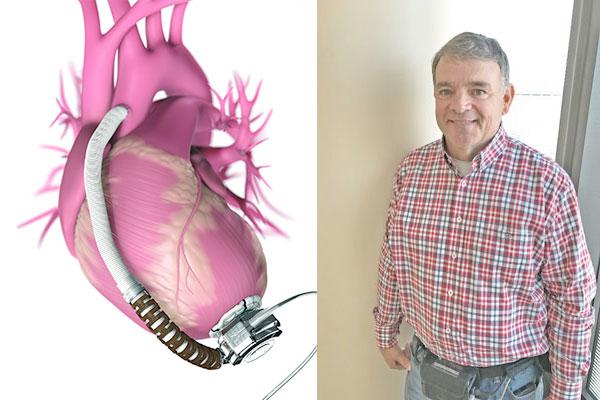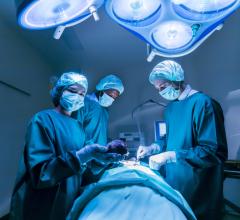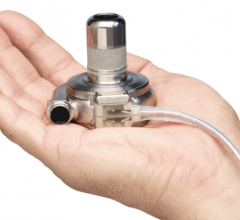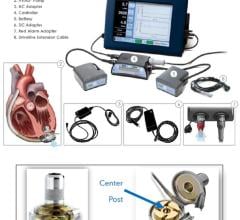
March 8, 2017 — Congestive heart failure patients at the University of Alabama at Birmingham (UAB) now have reason for optimism with a device that can improve quality of life while waiting for a heart transplant.
A left ventricular assist device (LVAD) is a mechanical heart pump used for patients who have reached end-stage congestive heart failure. Once the LVAD is surgically implanted, the battery-operated, mechanical pump helps the circulating function of the left ventricle — the main pumping chamber of the heart — pump blood to the rest of the body.
“This is amazing, lifesaving technology,” said Salpy Pamboukian, M.D., director of the Mechanical Circulatory Support Device Program at the University of Alabama at Birmingham. “Our patients have excellent quality of life after these procedures.”
LVADs can be used as bridge-to-transplant therapy. This is a lifesaving therapy for patients awaiting a heart transplant. Patients use the LVAD until a heart becomes available. In some cases, the LVAD is able to restore the failing heart, eliminating the need for a transplant.
The LVAD can also be used as a destination therapy: Some patients are not candidates for heart transplants. In this case, patients can receive long-term treatment using an LVAD, which can prolong and improve patients’ lives.
James Ward, of Dothan, Ala., received his LVAD device in 2016 and is a bridge-to-transplant patient. After going through the procedure, he said he has not felt this good for a long time.
“I never thought I could feel this good,” Ward said. “I’m way better than what my normal was.”
Ward, a former firefighter for the city of Dothan for nearly 20 years, was forced to retire after he was diagnosed with congestive heart failure in 2001. While he did not feel like himself for years, the LVAD device he received at UAB has provided him reassurance about his future, which includes spending time with his two children and four grandchildren.
“At some points before I retired, I couldn’t walk from my vehicle to my office,” he said. “Now I can walk. It’s a second chance.”
Patients who receive the LVAD are required to wear a battery and control system pack around the waist. The LVAD pulls blood from the left ventricle into a pump. The pump is placed in the upper part of the abdomen, while another tube attached to the pump is brought out of the abdominal wall to the outside of the body and attached to the pump’s battery and control system.
While it is a lifestyle change, the end result is worth it. Pamboukian said good social support is key to recovery.
“I have to have a caretaker with me most of the time, and I can’t drive; but people need to be aware of these devices because they can save lives, and that’s worth it,” Ward said.
While technology keeps advancing, Pamboukian noted that UAB is the only center in Alabama implanting LVAD devices in patients.
“We encourage patients to research their condition,” she said. “A lot of times, people don’t understand what their options are. Waiting times for heart transplants vary for each person, and people can have excellent lives while they are on this device.”
For more information: www.uab.edu


 October 31, 2023
October 31, 2023 








